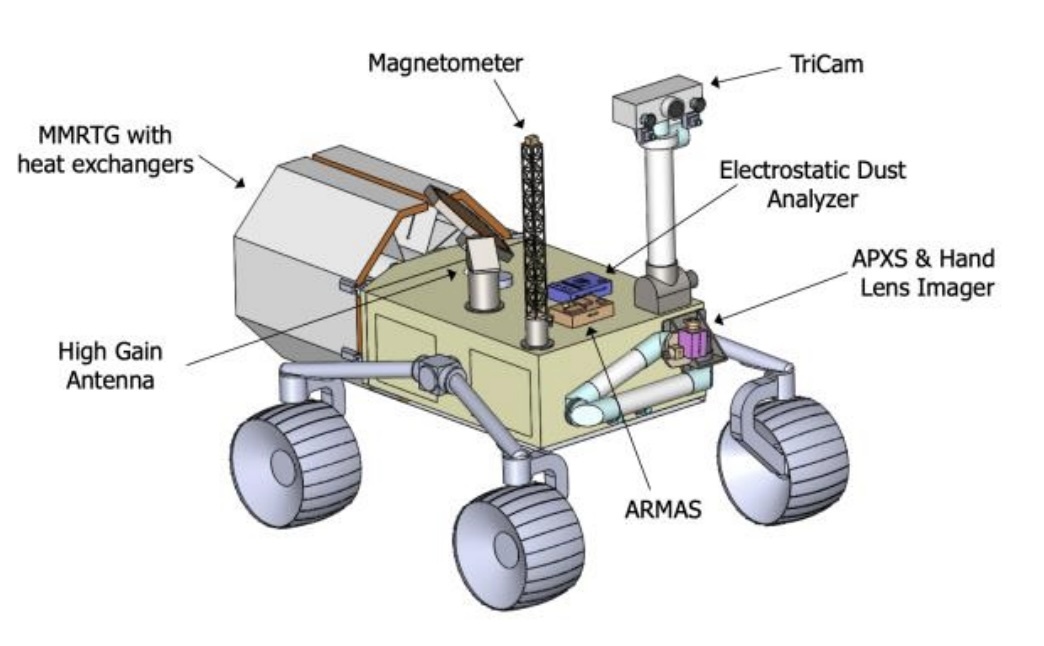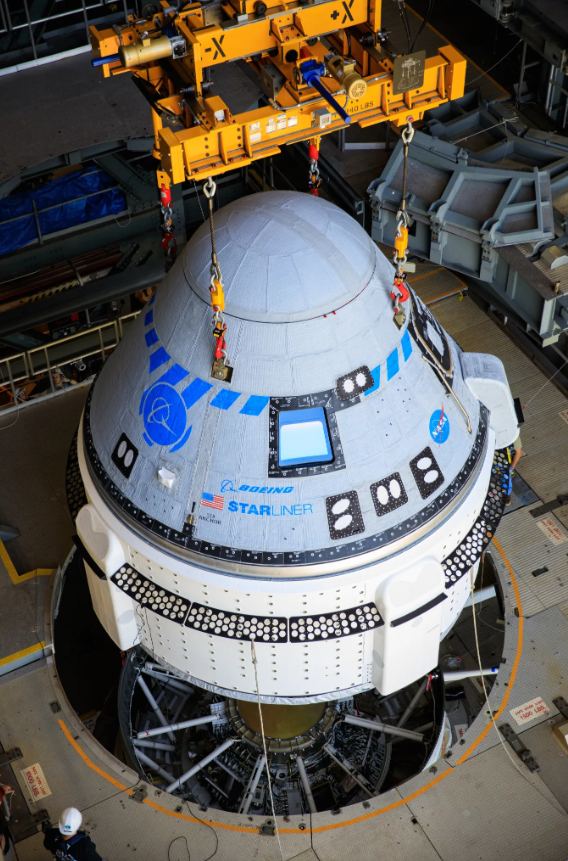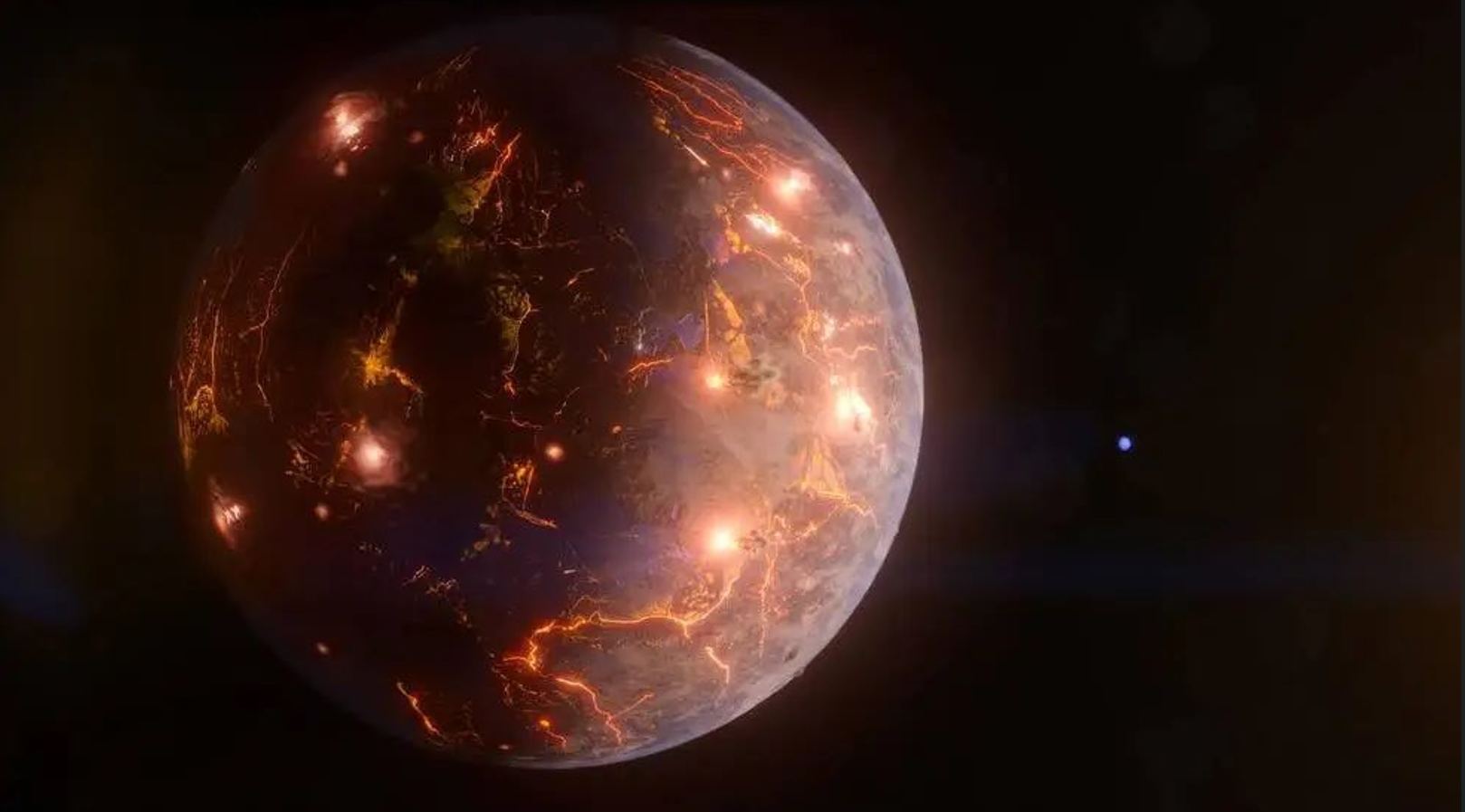Travelling to Mars has its own challenges. The distance alone makes the journey something of a mission in itself. Arrive though, and the handwork has only just begun. Living and surviving on Mars will be perhaps humans biggest challenge yet. It would be impossible to take everything along with you to survive so instead, it would be imperative to ‘live off the land’ and produce as much locally as possible. A new rover called AgroMars will be equipped with a number of agriculture related experiments to study the make up of the soil to assess its suitability for growing food.
Continue reading “Want to Start a Farm on Mars? This Rover Will Find Out if it’s Possible”Which Animal Has Seen the Most Total Solar Eclipses?
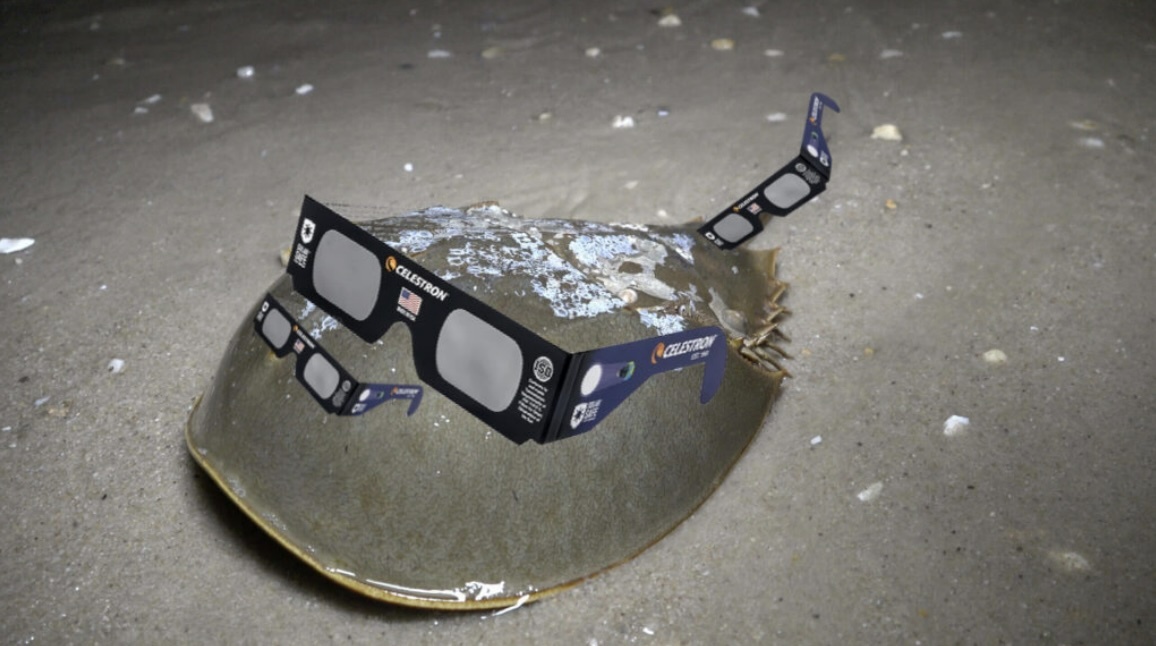
In a paper published on the 1st April, author Mark Popinchalk reported upon a fascinating piece of research focussing on which animal has seen the most solar eclipses! It turns out that, whilst us humans have seen our fair share we are nowhere near the top of the list. According to Popinchalk, the horseshoe crabs have seen a staggering 138 trillion solar eclipses across the entire species. We are hot on their heels but it won’t be until about 10 million years that we catch up!
Continue reading “Which Animal Has Seen the Most Total Solar Eclipses?”The Moon Will Get its Own Time Zone

White House officials have directed NASA to begin work on establishing a standard time for the Moon, according to a report from Reuters this week. Coordinated Lunar Time (LTC) is intended to help ensure synchronization between the various lunar activities planned under the Artemis program.
Continue reading “The Moon Will Get its Own Time Zone”A New Tabletop Experiment to Search for Dark Matter

What is Dark Matter? We don’t know. At this stage of the game, scientists are busy trying to detect it and map out its presence and distribution throughout the Universe. Usually, that involves highly-engineered, sophisticated telescopes.
But a new approach involves a device so small it can sit on a kitchen table.
Continue reading “A New Tabletop Experiment to Search for Dark Matter”NASA Announces Starliner’s Next Launch Attempt: May 6
Starliner, the new crewed capsule from Boeing, has been in the works for a long time. Originally unveiled in 2010, the capsule has been under development for the last 14 years, primarily utilizing NASA grants and contracts. However, Boeing itself has taken upwards of 1 billion dollars in hits to earnings as part of the craft’s development. After all that time in the prototype stages, Starliner is finally ready for its first crewed flight – which has now officially been scheduled for May 6th.
Continue reading “NASA Announces Starliner’s Next Launch Attempt: May 6”Perseverance Finds its Dream Rock
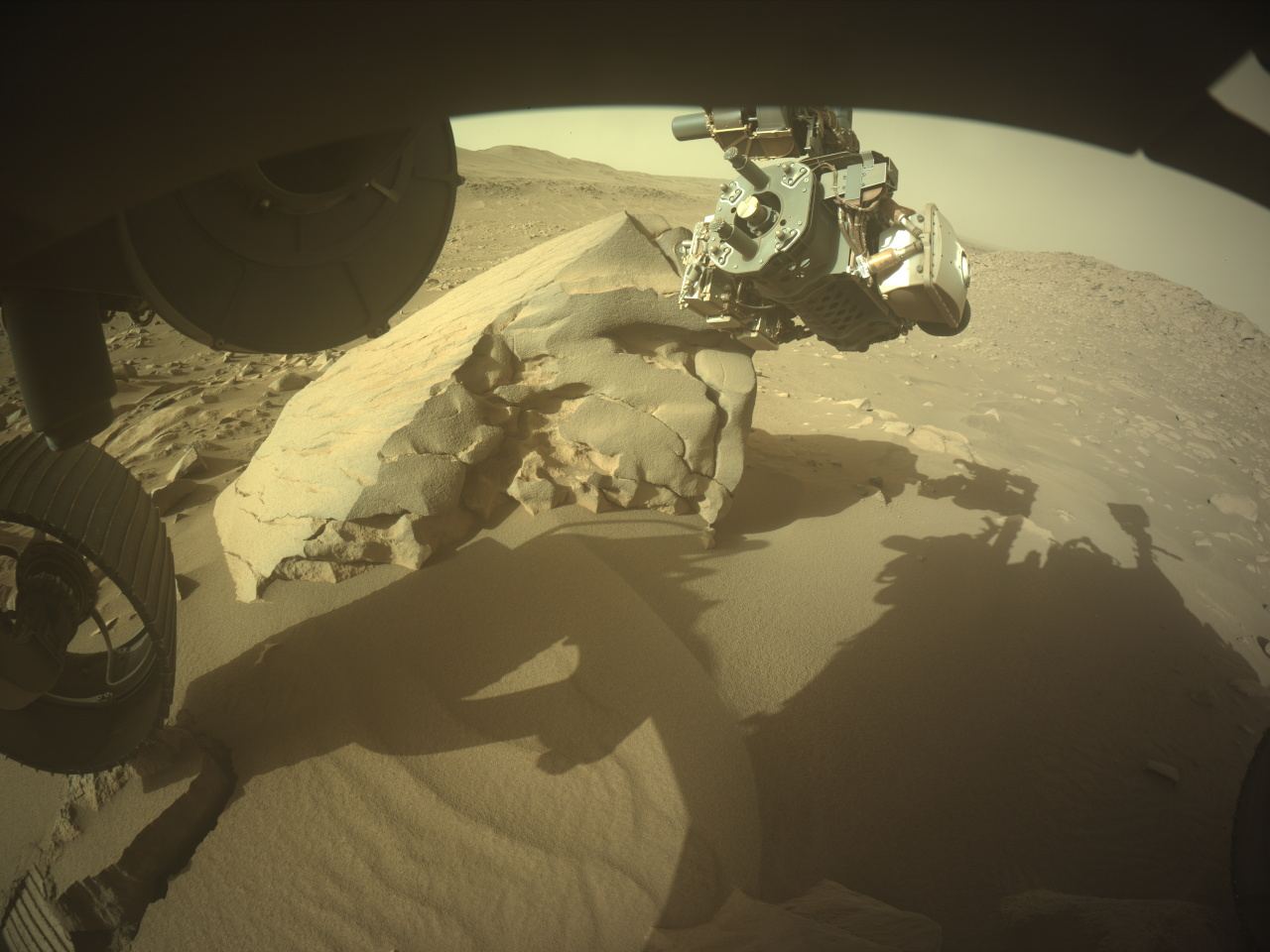
If there’s a Holy Grail on Mars, it’s probably a specific type of rock: A rock so important that it holds convincing clues to Mars’ ancient habitability.
Perseverance might have just found it.
Continue reading “Perseverance Finds its Dream Rock”Start Your Engines: NASA Picks 3 Teams to Work on Lunar Terrain Vehicle
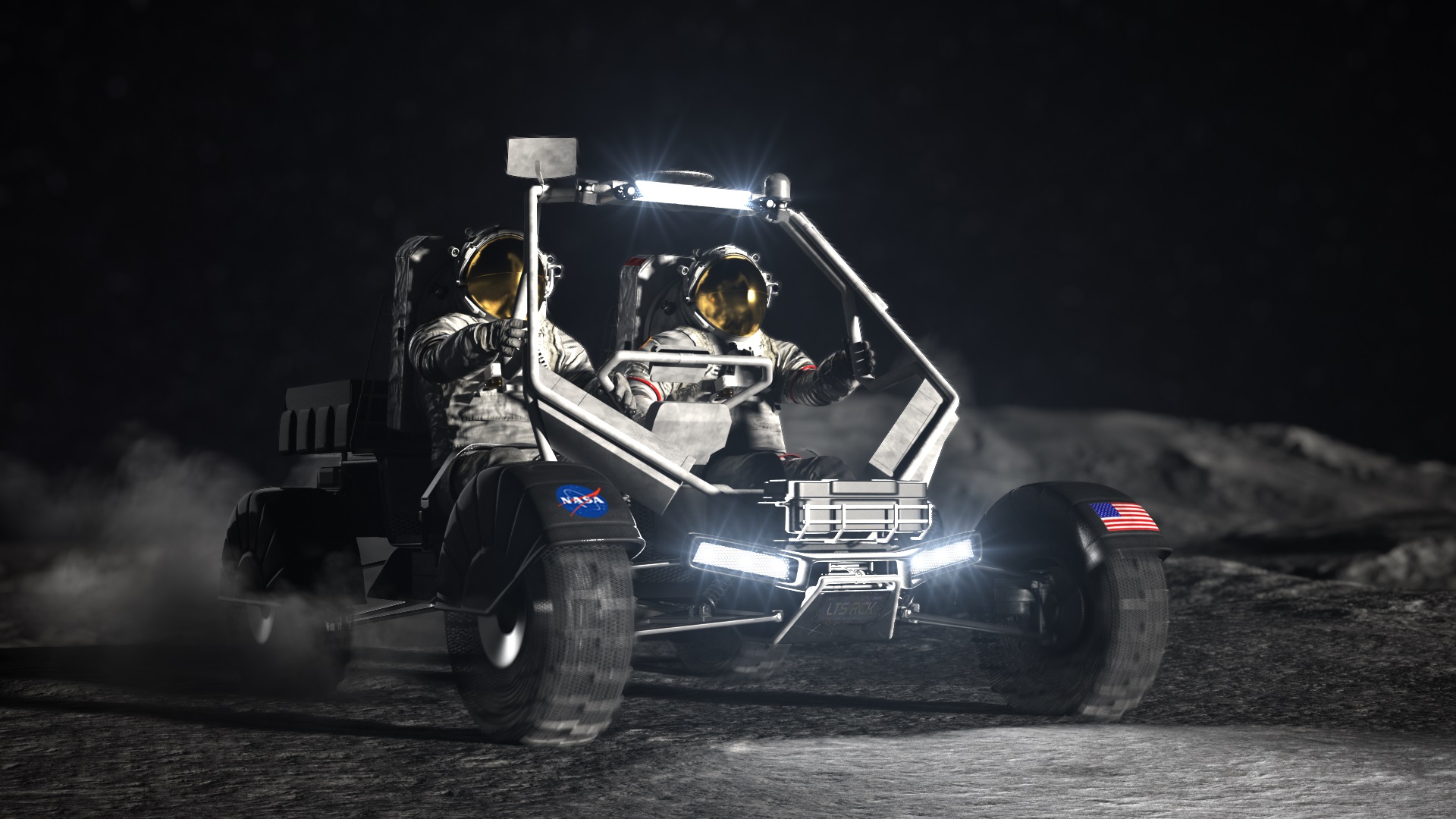
Some of the biggest names in aerospace — and the automotive industry — will play roles in putting NASA astronauts in the driver’s seat for roving around on the moon.
The space agency today selected three teams to develop the capabilities for a lunar terrain vehicle, or LTV, which astronauts could use during Artemis missions to the moon starting with Artemis 5. That mission is currently scheduled for 2029, three years after the projected date for Artemis’ first crewed lunar landing.
The teams’ leading companies may not yet be household names outside the space community: Intuitive Machines, Lunar Outpost and Venturi Astrolab. But each of those ventures has more established companies as their teammates.
Continue reading “Start Your Engines: NASA Picks 3 Teams to Work on Lunar Terrain Vehicle”The Large Magellanic Cloud isn’t Very Metal
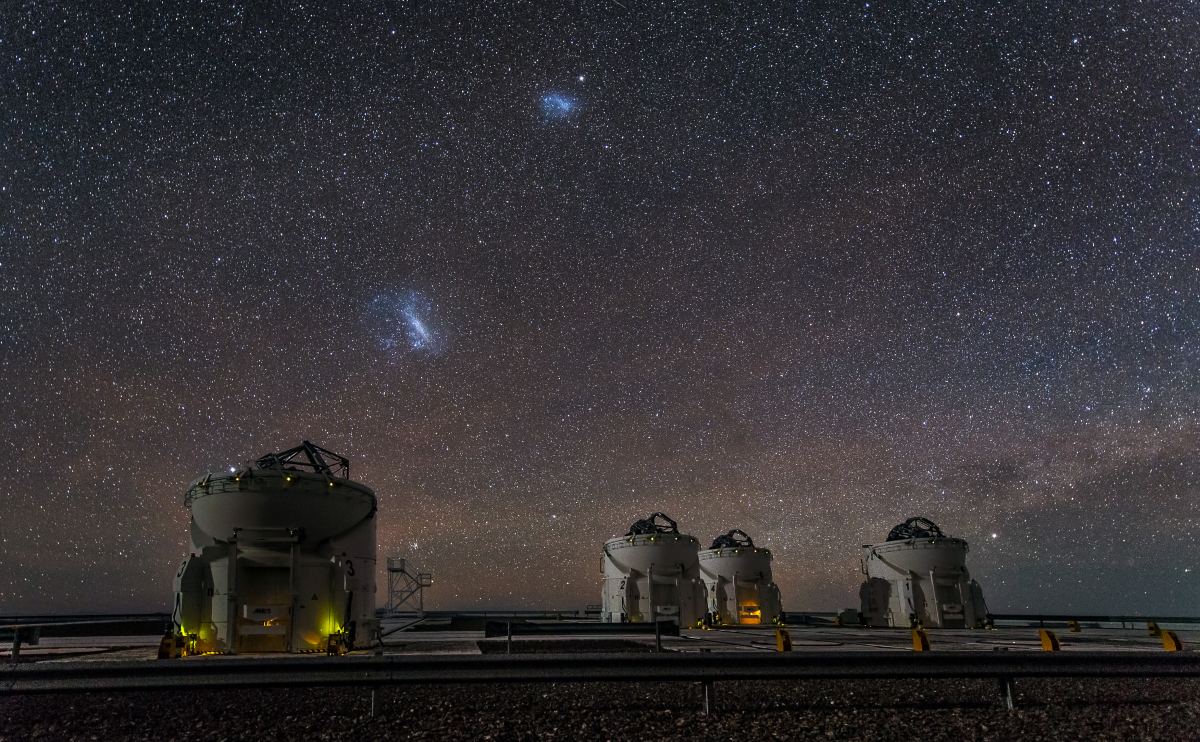
The Large Magellanic Cloud (LMC) is the Milky Way’s most massive satellite galaxy. Because it’s so easily observed, astronomers have studied it intently. They’re interested in how star formation in the LMC might have been different than in the Milky Way.
A team of researchers zeroed in on the LMC’s most metal-deficient stars to find out how different.
Continue reading “The Large Magellanic Cloud isn’t Very Metal”Could We Directly Observe Volcanoes on an Exoplanet?
After a few decades of simply finding exoplanets, humanity is starting to be able to do something more – peer into their atmospheres. The James Webb Space Telescope (JWST) has already started looking at the atmospheres of some larger exoplanets around brighter stars. But in many cases, scientists are still developing models that both explain what the planet’s atmosphere is made of and match the data. A new study from researchers at UC Riverside, NASA’s Goddard Spaceflight Center, American University, and the University of Maryland looks at what one particular atmospheric process might look like on an exoplanet – volcanism.
Continue reading “Could We Directly Observe Volcanoes on an Exoplanet?”What's the Earliest the Moon Could Have Formed?

Astronomers are pretty sure they know where the Moon came from. In the early Solar System, a Mars-sized object dubbed Theia smashed into Earth. This cataclysmic collision knocked a huge mass of material into orbit, which coalesced and cooled into the Moon. But establishing exactly when this occurred is a difficult task. At the 55th annual Lunar and Planetary Science Conference (LPSC 55) last month in The Woodlands, Texas, researchers proposed a new timeline of events that moves the giant impact earlier than previous predictions, at just 50 million years after the formation of the Solar System.
Continue reading “What's the Earliest the Moon Could Have Formed?”
